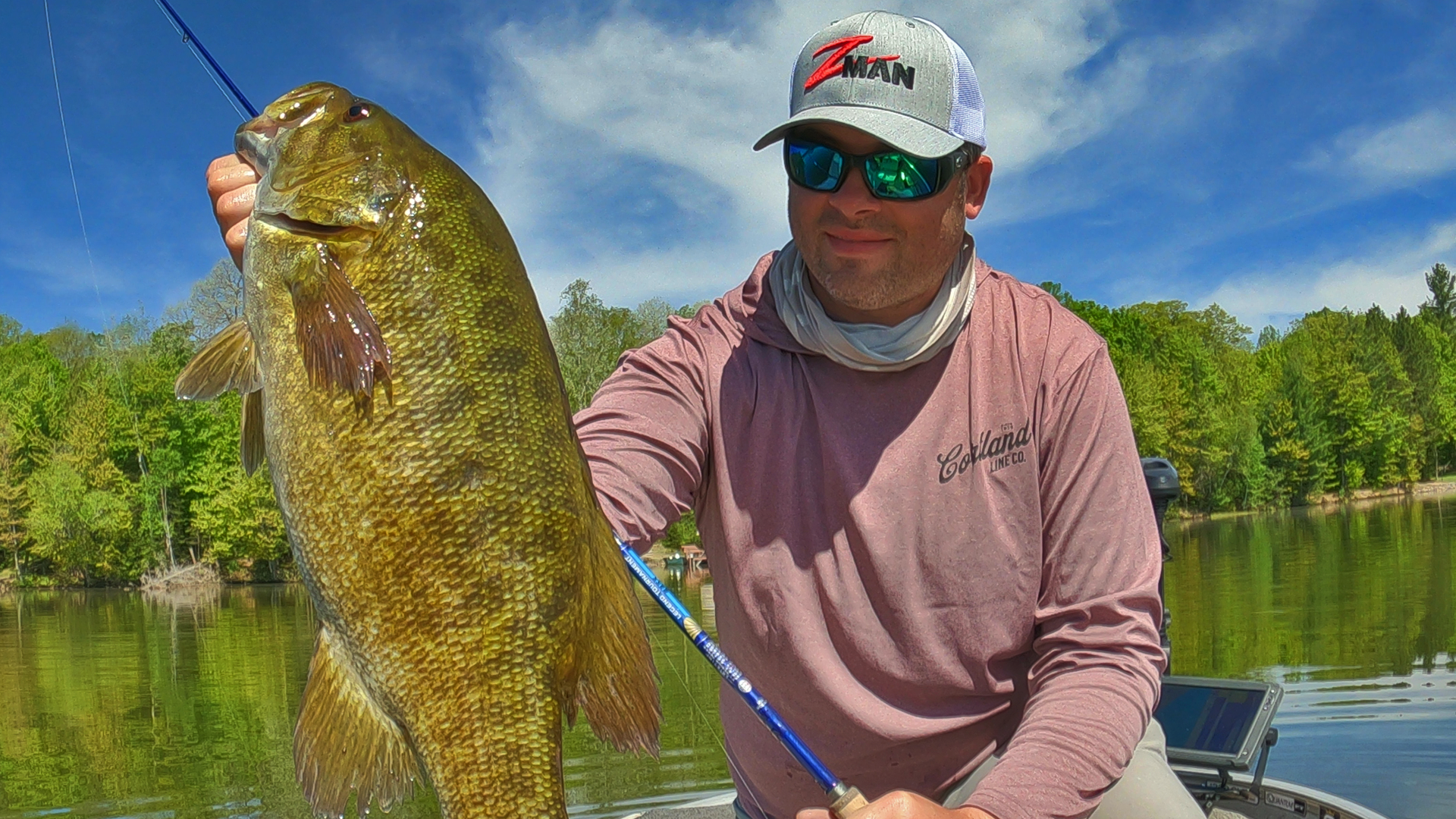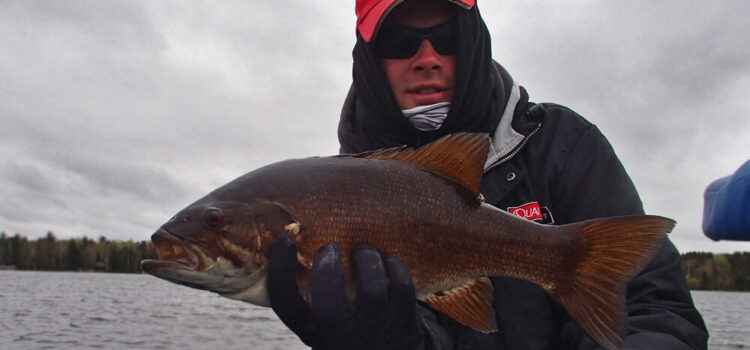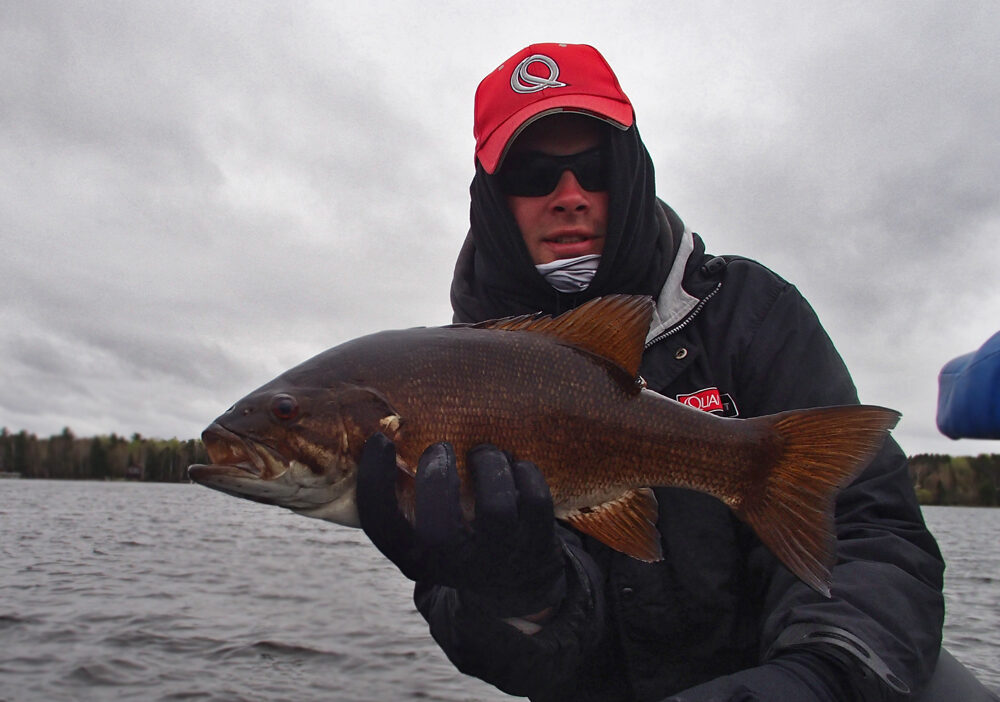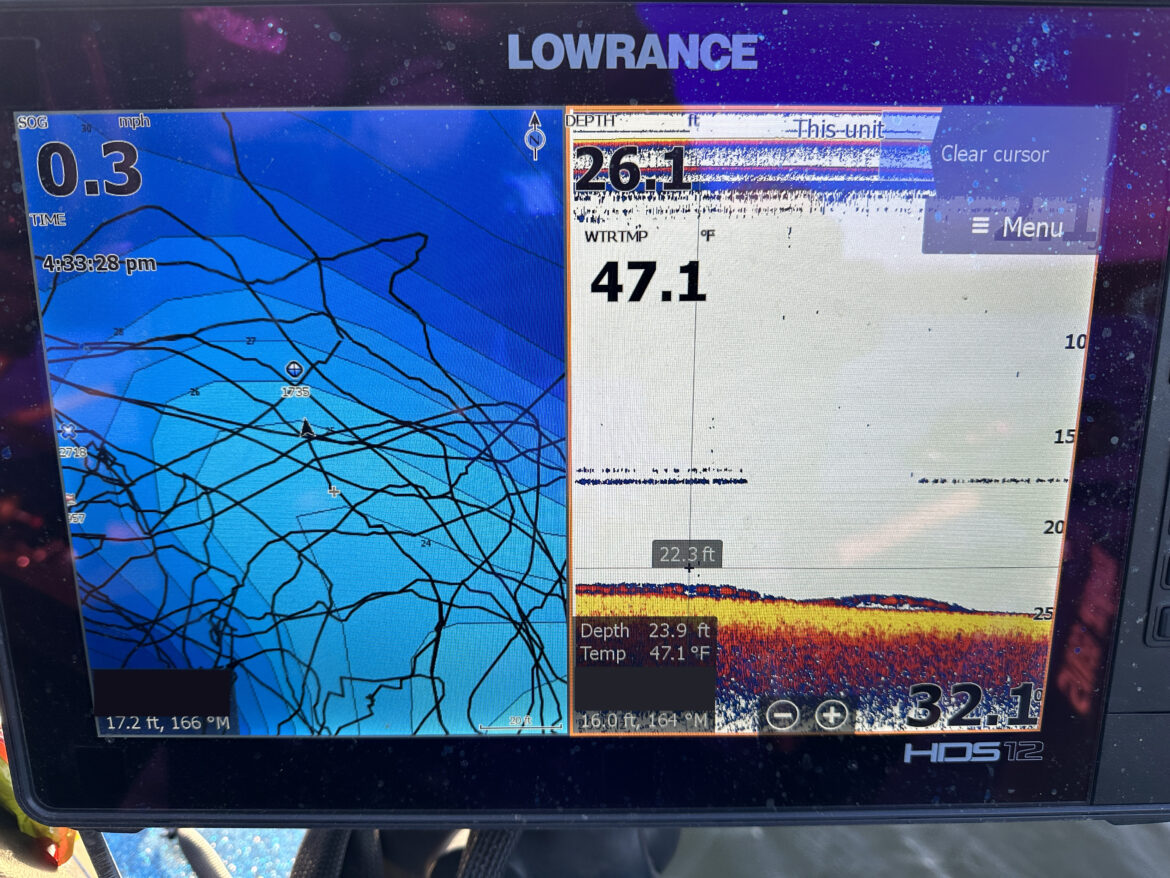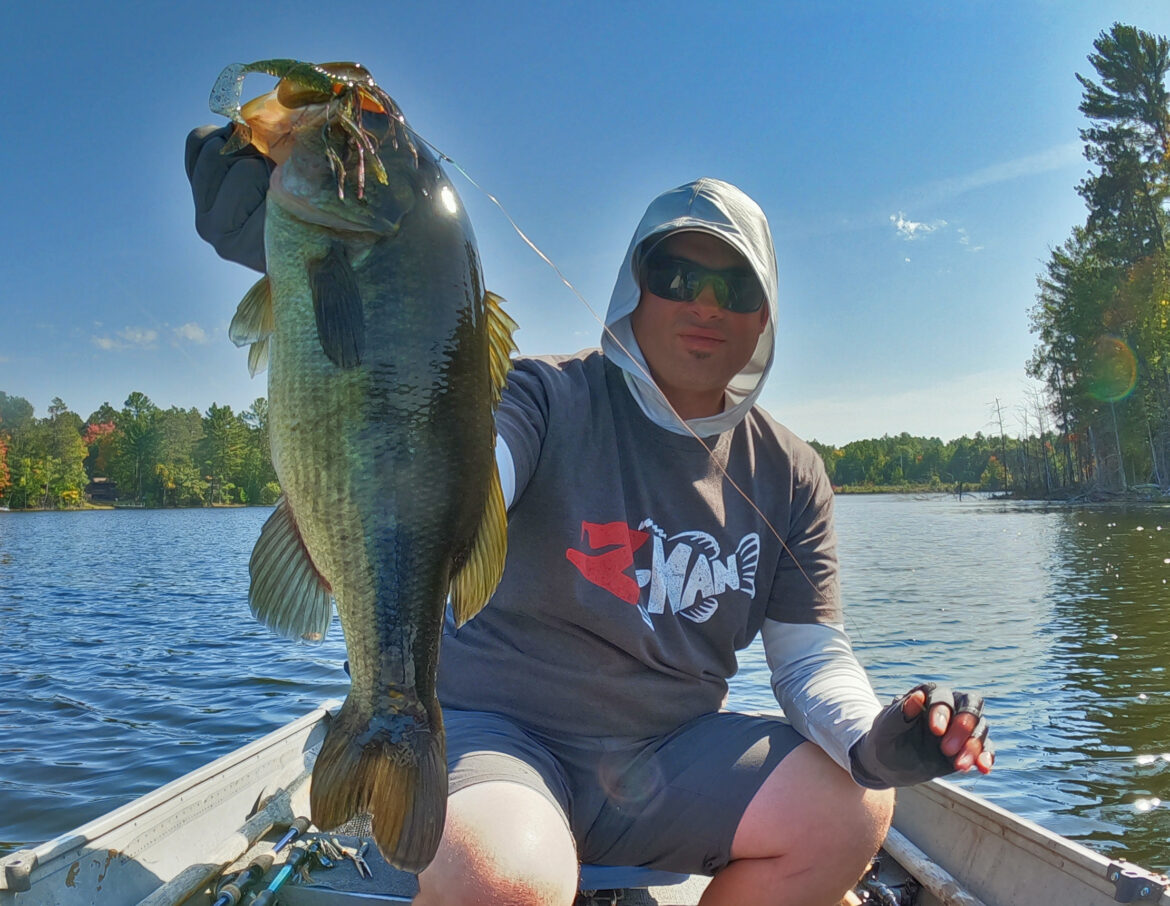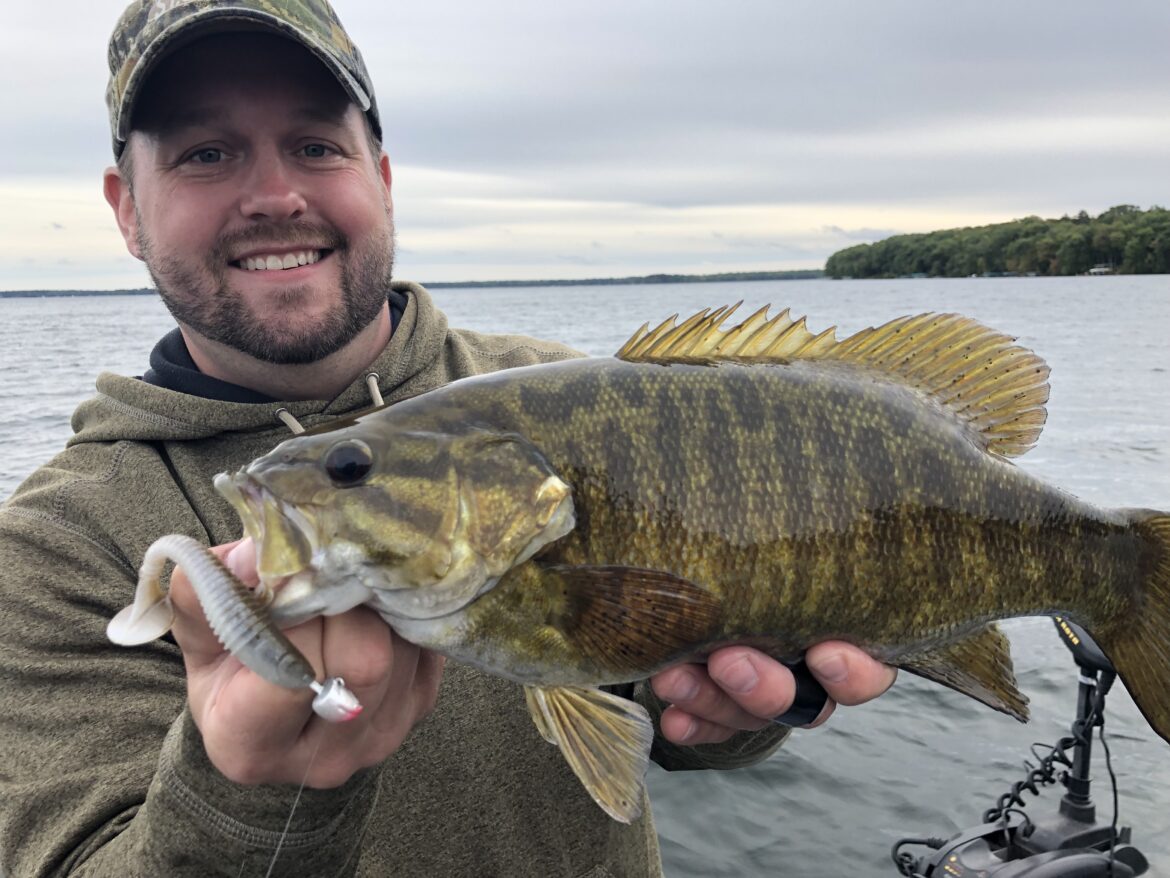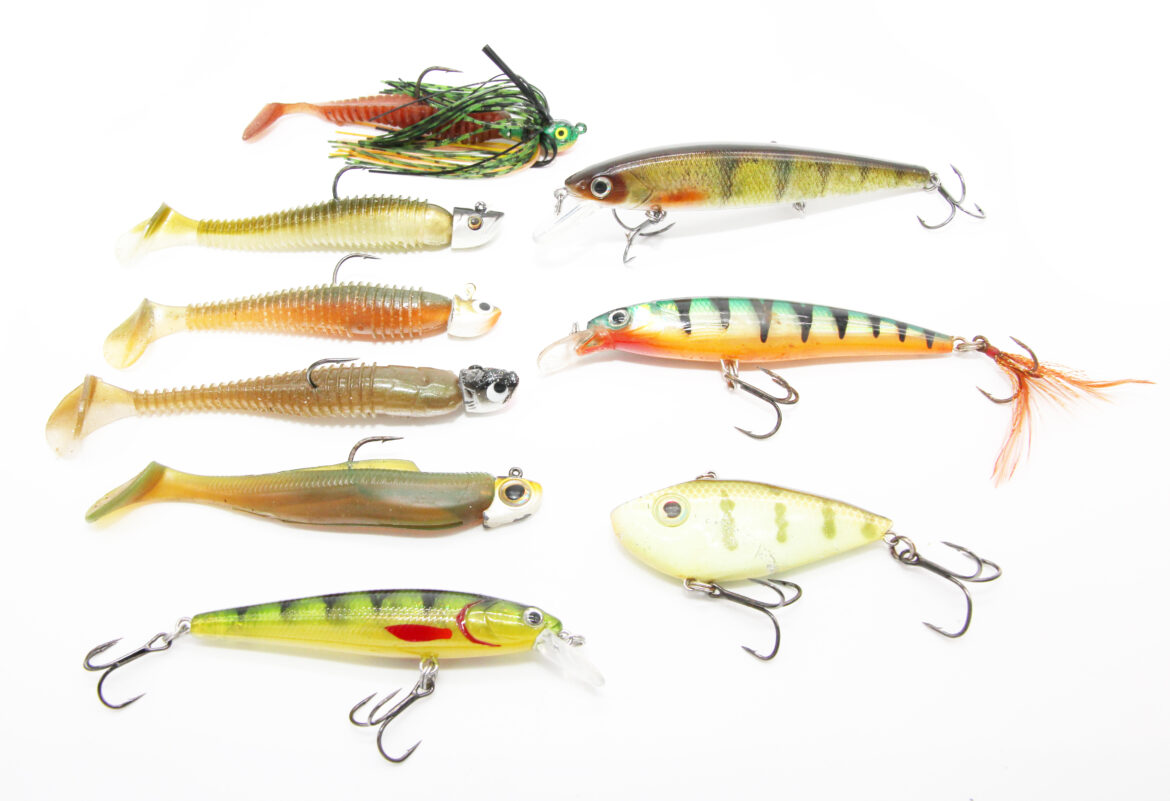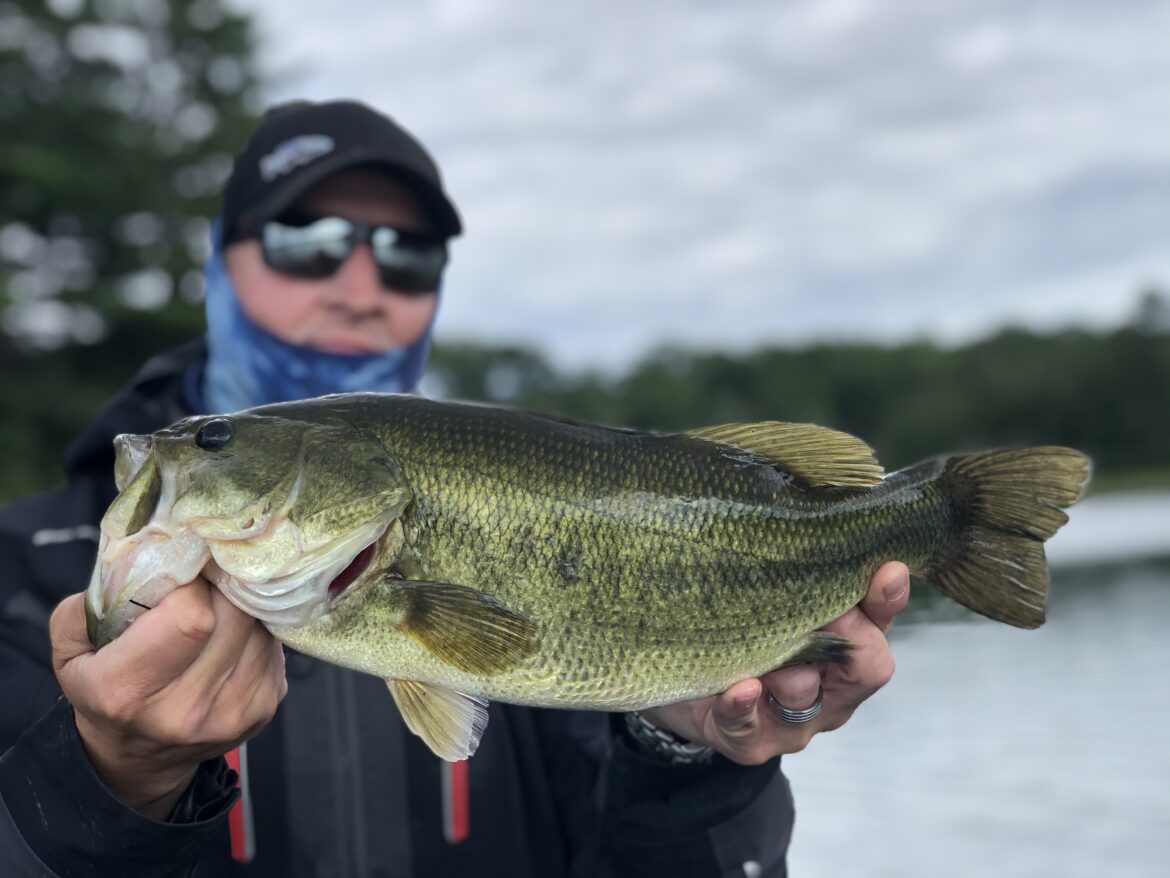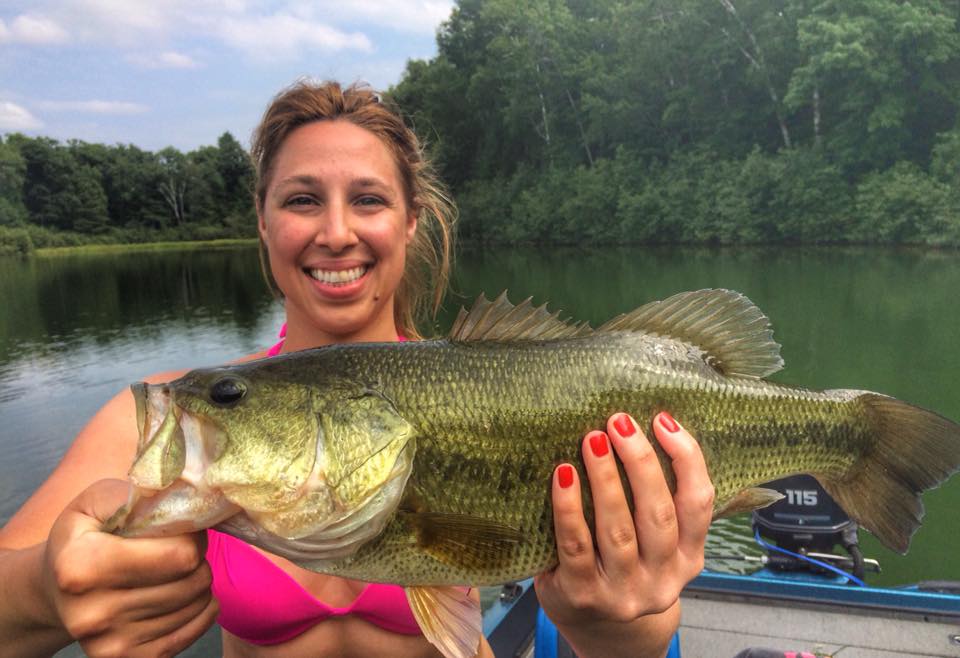Embracing Spring Cold fronts
Wednesday, 26 February 2025
The main challenges we receive from cold fronts are the less than ideal and unmotivating fishing conditions they bring; Cold overnight temperatures, cloudless, bluebird, bright skies with humid-less crisp air that accompanies the high pressure that rides the frontal system’s backside. Spring cold fronts come frequently and often, as they usually follow thunderstorms, rain
- Published in Bass Fishing Articles, Short Stories and Timely Tips, Smallmouth Bass
Monster Smallmouth Segment with Midwest Outdoors TV
Monday, 06 January 2025
On Monday, September 30th, I hosted a few dignitaries in the boat and it also included a camera guy for the TV. I took Larry Ladowski and Seth Meyer of Midwest Outdoors to Disney World, and its big smallmouths were not camera shy.
Smallmouths Feeding on Stocked Walleyes
Friday, 03 January 2025
If you want to learn about a new type of forage connection, then here’s a good one for you….. Back in October, many lakes received their annual walleye stockings. Many stockings succeed, others do not. As my anglers and I launched that morning, we found several carcasses of deceased extended growth fingerling walleyes
- Published in Bass Fishing Articles, Short Stories and Timely Tips, Smallmouth Bass
How to Find Smallmouths in Late Fall
Monday, 28 October 2024
The greatest challenge for many late-season anglers, and those first-timers who try, is their inabilities of identifying likely wintering areas (and locating them), and poor usage with electronics.
- Published in Bass Fishing Articles, Short Stories and Timely Tips, Smallmouth Bass
Feast on Fall Largemouths
Monday, 23 September 2024
Similar to spring, fall in the northwoods is short and condensed. Between summer and winter, we sometimes get only a week or two of transition time between the seasons. Feeding windows are also shorter and closing.
- Published in Bass Fishing Articles, Largemouth Bass, Short Stories and Timely Tips
Paddletails for Pre-Turnover Smallmouths
Monday, 16 September 2024
Prior to turnover, paddletails and swimbaits dominate. When this bite peaks, the boat goes through 2 or more packages of tails per day.
- Published in Bass Fishing Articles, Short Stories and Timely Tips, Smallmouth Bass
Horizontally September
Monday, 09 September 2024
As water temperatures gradually cool, the lakes eventually turn over, and smallmouths slide deeper to the point of wintering, the tackle box closes. As these events simultaneously occur, my boat’s tackle selection lessens each week – and the majority of gear and tackle I’ve carried up to this point will no longer be needed.
- Published in Bass Fishing Articles, Short Stories and Timely Tips, Smallmouth Bass
Searching for Slop
Monday, 05 August 2024
Whether guiding or leisure fishing, we’re always looking for the best available and most unique weed habitat and shallow cover differing from the rest of the fishery. Across many Wisconsin lake systems, some of our best summer season fishing locations are around impenetrable, heavily vegetated areas.
- Published in Largemouth Bass, Short Stories and Timely Tips
Hunting Early Morning Giants
Monday, 15 July 2024
It’s mid-July. The daytime surface temperatures typically reach 75 to 80 degrees, often exceeding that. Summer peak is on. Consequently, the daytime fishing efforts aren’t paying off, as the biggest largemouths congregate along the deepest edges, lay low, and are lounging around comfortably in the better oxygenated deeper waters.
- Published in Largemouth Bass, Short Stories and Timely Tips


